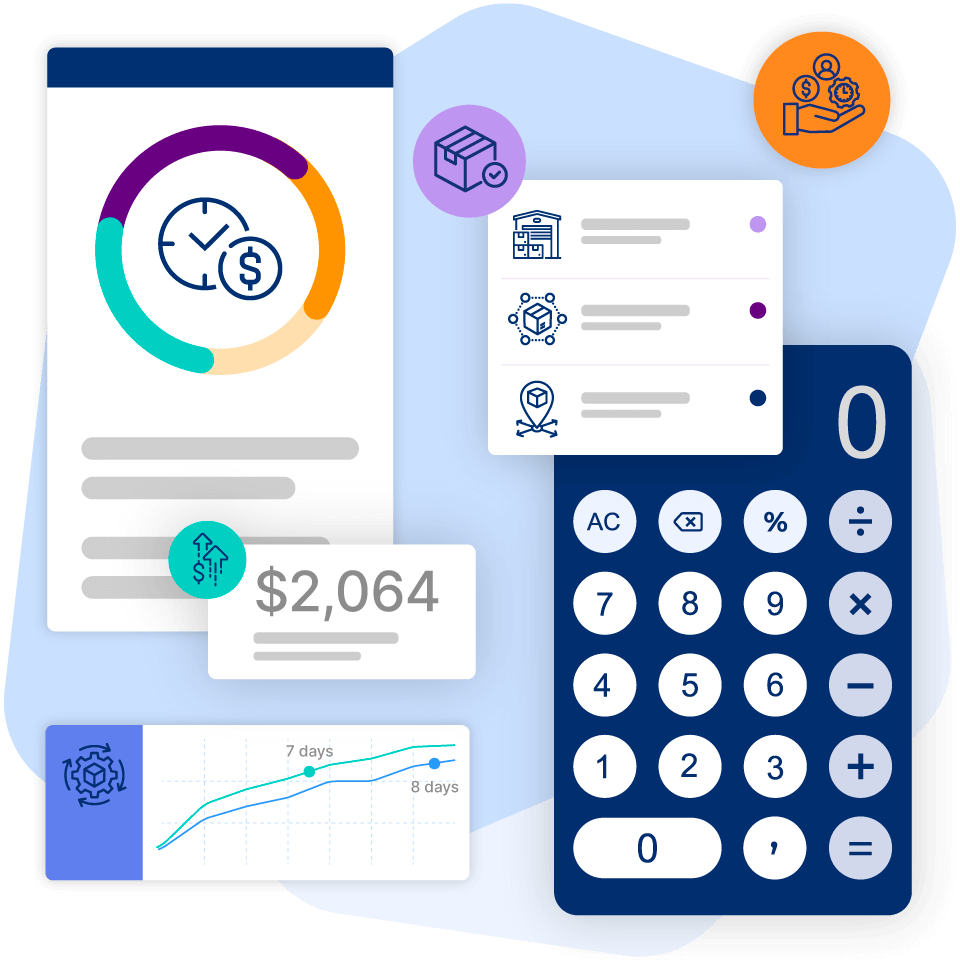
What Exactly Are Network Declines?
Simply put, network declines are transactions that fail to go through. These blocked payments are frustrating for both you and your customers. Before we dive into how to fix them, let's quickly walk through what a successful online payment looks like.
The Five Key Players in Every Online Transaction:
- Cardholder: Your customer who owns the credit card
- Merchant: That's you! The business accepting payments
- Acquirer: This is a bank that processes credit card payments on your behalf and routes them through card networks to the issuing bank (sometimes working with third-party processors)
- Card networks: Companies like Visa and Mastercard that connect everyone, communicate transaction information, move funds, and determine card transaction costs
- Issuing bank: The bank that gives credit cards to consumers on behalf of the card networks
Successful transactions pass through three steps: checkout completion, fraud protection, and network acceptance. When all three work smoothly, you've got a conversion!
Preventing Network Declines
Network declines happen when your customer's bank rejects the transaction request. This can happen for many reasons - from a simple typo in the payment form to suspected fraud.
While declines can protect you from fraudulent transactions, they can also cost you legitimate customers and long-term revenue. Consider these eye-opening industry stats:
- More than 80% of cardholders who experienced a false decline found it not just inconvenient, but embarrassing and aggravating
- 32% of shoppers who experienced a decline said they'd never shop with that merchant again
To help you navigate these challenges, we're sharing insights from our partner for Cin7 Pay, Stripe, on how you can optimize your entire payments flow to boost revenue and keep customers coming back.
Understanding Network Declines
Let's break down exactly what happens when a network decline occurs - and why.
The journey begins when your customer clicks that "buy" button or you enter in their payment information. From there, your payment provider takes the charge details and sends a payment authorization request to card networks like Visa or Mastercard. The card network then forwards this request to the customer's bank.
While the payment details you send to via Cin7 Pay might seem simple (card type, payment amount, currency), what Cin7 Pay actually sends to the issuing bank is a detailed encoded message called an ISO 8583, containing over 100 fields! Each issuing bank has its own way of interpreting this information to approve or decline the transaction.
Banks decline transactions for three main reasons:
- The card might have insufficient funds or the cardholder may have reached their credit limit
- The card information might be entered incorrectly or be outdated
- The bank suspects fraud
Network declines serve an important purpose - preventing fraud. But when legitimate payments get flagged, it hurts your revenue and, more importantly, damages customer experience and loyalty.
Three Simple Ways to Reduce Network Declines
Stripe has identified three steps you can take to boost authorization rates and reduce those pesky network declines:
Step One: Collect the Right Card Details
One of your biggest opportunities to prevent network declines before they happen is gathering the right details at checkout. By collecting complete information from the cardholder during checkout, you help the bank feel more confident about the transaction. Make sure you're collecting the card's CVC, expiration date, and billing zip code.
Step Two: Use Specific, Helpful Error Messages
Getting a customer to fix an issue—like a typo—or try a different payment method is an effective way to recover from a network decline. If you believe a customer is legitimate, you can save the sale by prompting them with a specific message, such as, "Your card has insufficient funds. Please try another payment method." This approach works much better than a vague message like, "Your card has been declined."
Step Three: Support Autofill or One-Click Payment Methods
Want to take things up a notch? Cin7 Pay supports payment methods that allow for autofill and one-click payment like Apple Pay and Google Pay. These options make the buying experience smoother and give the issuer confidence in the transaction.
How Cin7 Pay Can Help
The best way to minimize declines is to understand (or even reverse engineer) issuer decision rules. That's extremely challenging for most businesses - but it's where Cin7 Pay excels.
Businesses working with Cin7 Pay, in partnership with Stripe, enjoy significant benefits: Stripe processes hundreds of billions of dollars each year from millions of businesses. Approximately 90% of American adults and 65% of UK adults have made a purchase through Stripe in the past year.
This massive transaction history gives Stripe an enormous amount of data that leads to smarter fraud detection and fewer network declines. So you can leverage all that collective intelligence to improve your processing.
Beyond data, Stripe maintains strong, collaborative relationships with all major issuers and card networks, yielding even more insights for continuous improvement. Stripe has even begun working directly with issuers to help them better understand its customers, resulting in significant authorization rate increases.
As an issuer itself, Stripe has unique insight into how transactions are handled across partners. These insights are built into fraud prevention and acceptance tools that can significantly reduce declines for legitimate customers without increasing fraud rates. Stripe can also share its machine learning-powered risk scores directly with issuers, further reducing unnecessary declines.
When transactions do fail, Stripe's unique products help recapture them. For example, Adaptive Acceptance can recover transactions in real-time, before a customer even realizes they've been declined!
Here's how it works: when a decline happens, Stripe instantly analyzes what went wrong or what might seem suspicious to an issuer, then tries to fix it on the spot. This turns a potentially frustrating customer experience into a seamless one. Many businesses see at least a 1% improvement in authorization rates through this feature alone.
Take Twilio, for example. This leading customer engagement platform partnered with Stripe to expand into new international markets while boosting authorization rates. After several weeks of A/B testing with multiple major global payment processors, Twilio saw a 10% increase in authorization rates with Stripe compared to their previous provider. This impressive improvement included:
- 1% uplift from Adaptive Acceptance, using machine learning to reduce network declines in real-time
- 2% uplift from Card Account Updater, which automatically updates saved cards that have expired or been replaced
- 1.5% uplift from ongoing support from Stripe payment optimization specialists, who analyzed Twilio's transaction patterns to identify opportunities for improvement
Reach Your Business Goals
The digital commerce landscape creates exciting possibilities for ambitious businesses like yours. But making the most of this opportunity requires smart strategies. To overcome challenges like network declines, you need the right partners by your side.
With Cin7 Pay as your payment processor, you can leverage sophisticated tools that help maximize revenue and minimize losses. Want to find out more about Cin7 Pay? Schedule time with our payment experts today.
More from the blog
View All Posts
Why Your Digital Agency Needs Cin7 (And How to Make Money Doing It)
Read More
Cin7 achieves SOC 2 Type 1 and Type 2 compliance: Strengthening our commitment to data security
Read More




